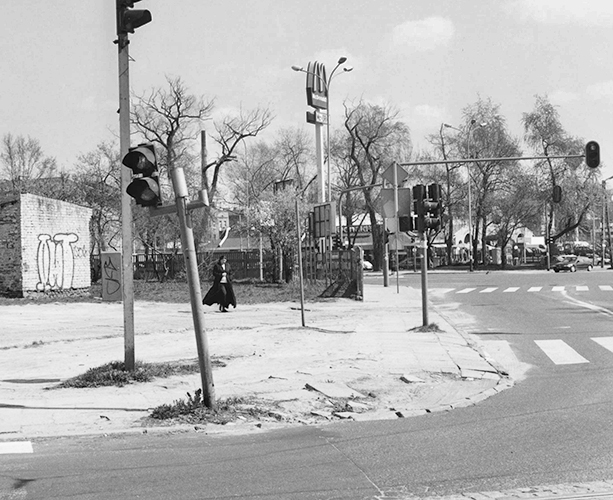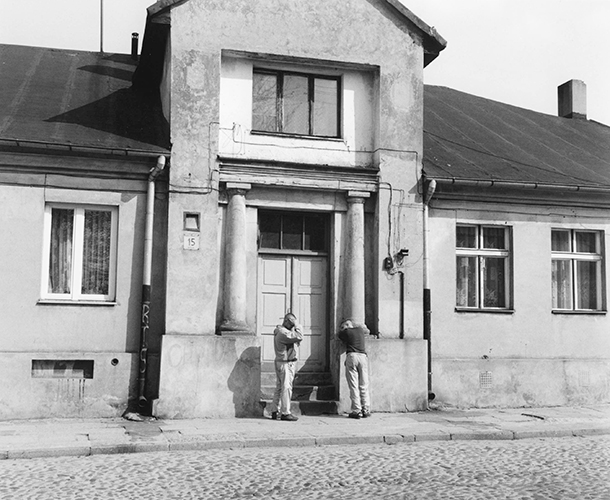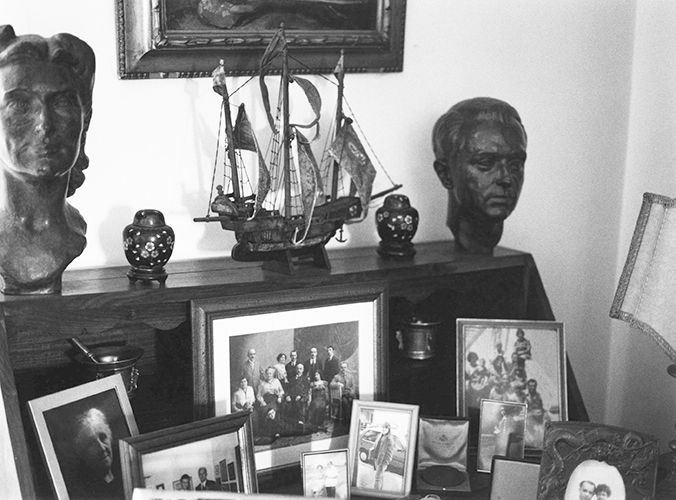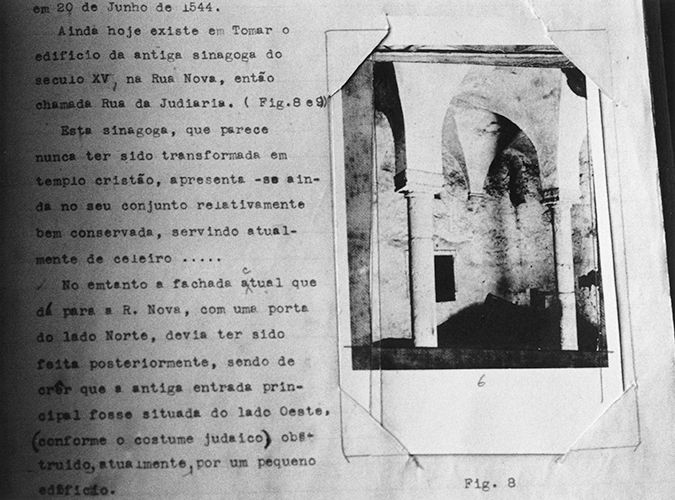CRISTINA'S HISTORY
(2003–2007)
Gelatin Silver prints of varying sizes. Edition of 5.
I met my cousin Cristina da Silva-Schwarz in Guinea-Bissau in 2003.
Four generations back our common ancestor, Isuchaar Schwarz, a renowned Jewish scholar, witnessed the transformation of his small medieval town Zgierz, in central Poland, into a major industrial center. He died in the Nazi extermination of his Jewish community.
Isuchaar's eldest son, Samuel, had by then settled in Lisbon, where, a successful mining engineer, he also came to be known for his discovery of secretive crypto-Jewish (Marrano) communities. Samuel lived in Portugal during the waning decades of its grand colonial epoch.
Samuel's only daughter Clara moved to Portuguese Guinea in 1947. There she and her husband played a prominent role in the anti-colonial movement.
Following Guinea-Bissau's independence in 1974, Carlos, their youngest son, devoted his life to the agricultural development of this impoverished nation. Cristina is Carlos's daughter.
I had always heard of this accomplished branch of my family. It occurred to me that in their lives they embodied modernity's condition of multiplicity, wandering, and exile, and that theirs was an an alternative modern Jewish migration story, one not centered on Zionism.
The work was presented as an installation of rotating digital projections accompanied by voice-overs. Recounting this multi generational migration story of the da Silva-Schwarz family, I situated their lives within the greater movements of their times.
The catalog reproduces the three sequences of photographs and includes essays by Jean Francois Chevrier, art historian and independent curator, Jonathan Boyarin, professor of modern Jewish studies, and Carlos Schwarz Da Silva, my cousin in Guinea Bissau, director of the NGO Action for Development. Texts in French, English, and Portuguese.

Available on Amazon

Site of my great grandfather's house. Zgierz, Poland. 2005

Narutowicza Street. Zgierz, Poland. 2005. Zgierz, Poland. 2005

Clara's desk. Oeiras, Portugal. 2004

A page of Samuel's manuscript on the Marrano's. 2004

Old Town. Bissau, Guinea-Bissau. 2003

Downtown Bissau. Guinea-Bissau, 2003

View an installation video of Cristina's History. Exhibition at Le Point du Jour, Cherbourg, 2009.